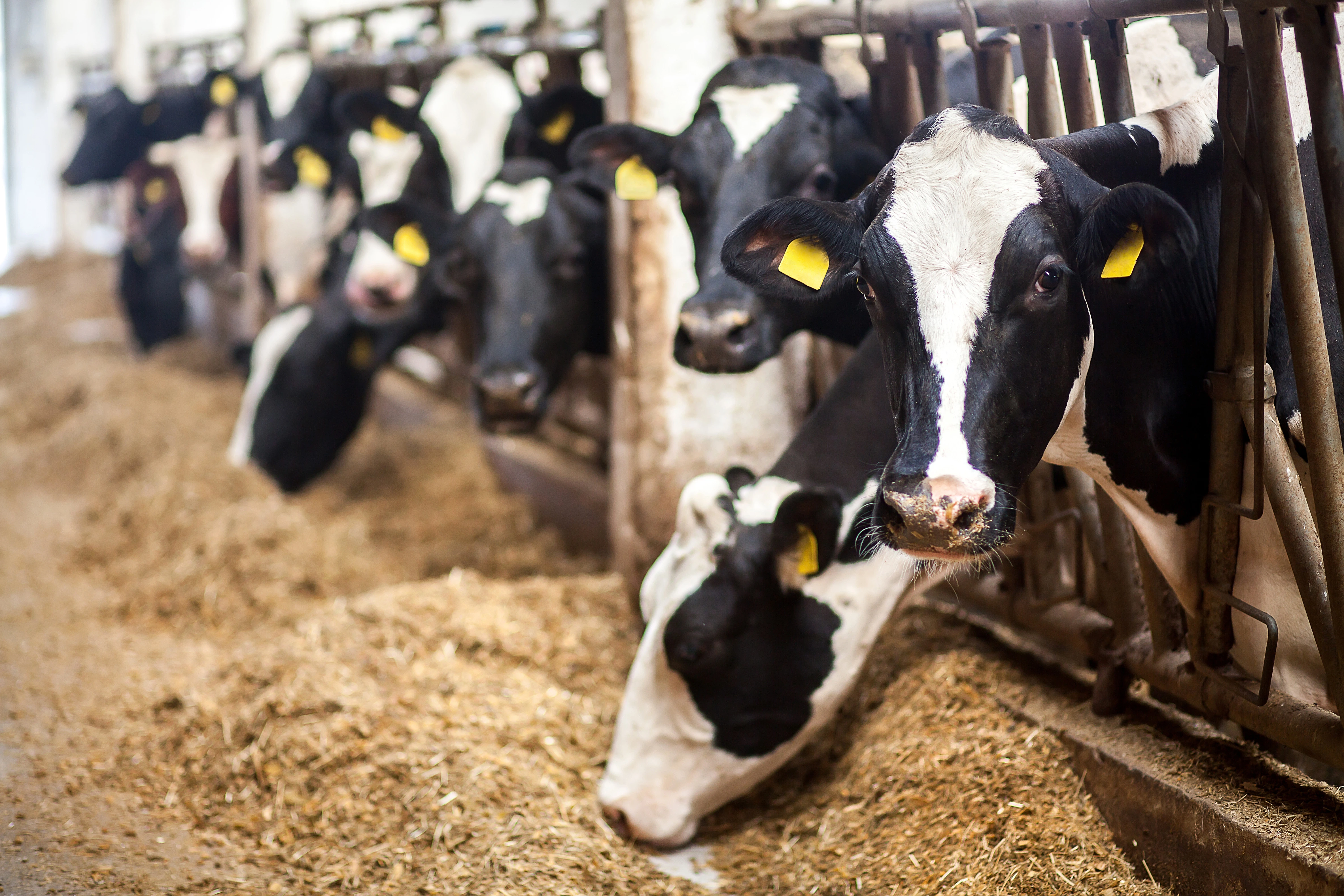
By Dr. Greg Goodell, Owner, The Dairy Authority, LLC
Imagine if you could look inside a calf to determine if it was sick, had responded to treatment after sickness, or had lifelong infirmities that were not readily apparent on the outside. That’s now possible, with the advent of lung ultrasound technology.
Lung ultrasound, also called “thoracic” ultrasound, uses the same equipment we employ to check for pregnancies in older animals. The ultrasound probe is passed between the ribs of the animal – usually calves – to detect areas of lung consolidation. It is a non-invasive way to diagnose, monitor, and prevent bovine respiratory disease (BRD) in calves.
We know BRD not only slows calves down in their preweaning growth and weight gain, but also can have lifelong performance implications if it results in permanent lung damage. Consolidation of lung tissue occurs when infection causes white blood cells, dead cells, and debris to fill the small airways in the lung, preventing air from passing through.
This scar tissue from BRD typically cannot be reversed. For the rest of the animal’s lifetime, it will have reduced lung capacity and diminished ability to oxygenate blood. The results: setbacks in growth, physical maturity, fertility, immune system strength, and milk production as the calf matures into a lactating animal in the herd.
And because calves are a prey species, they are very good at masking their symptoms in an attempt to appear healthy. Recent studies using lung ultrasound to evaluate preweaned calves weekly showed that 57-73% of calves developed lung consolidation, even though most of them displayed no clinical symptoms that would indicate they needed treatment.
Those researchers concluded that calves with lung consolidation had an average reduction in growth of about a quarter-pound per day; an increased risk of being removed from the herd prior to first calving; a lower conception rate at first insemination; an overall reduced chance of becoming pregnant; and about 1,160 pounds lower first-lactation milk production. In total, they estimated the cost of lung consolidation to be about $400 per animal.
So, how do we utilize lung ultrasound in calves to derive practical information that can improve the health and performance of our herd replacements?
There are a number of flexible options, including:
- Evaluating calves that are identified as sick, to confirm the diagnosis.
- Evaluating calves after BRD treatment to determine its effectiveness.
- Screening a subset of calves weekly to pinpoint the period of risk in which most calves acquire BRD in that specific operation – then addressing it with management changes and more vigilant observation in that timeframe.
- As a culling decision tool by scanning all calves at a set period of time. That may be at weaning, at the time of brucellosis vaccination, or when they return home from a custom calf raiser.
- Selectively screening individual calves – again to make culling decisions – based on individual factors such as calves that have been treated for BRD three or more times, or those that are not growing at the same rate as their pen mates.
Dr. Theresa Ollivett at the University of Wisconsin, who has pioneered much of the work in lung ultrasonography in calves, has developed a system called “#WeanClean.” Its goal is to periodically scan calves in the preweaning period to ensure they are weaned with healthy lungs. By keeping lungs “clean” in the preweaning period, calves are ushered through their most susceptible period for BRD, and are also better equipped to navigate the stress of weaning and beyond. You can learn more about her program here.
Performing lung ultrasounds on-farm simply requires a comfortable work space for handling calves, a halter or headlocks to restrain them, and a recording device to gather results. All of the doctors at The Dairy Authority have the ability to deliver this service. They will be happy to visit with you about the best possible ways to implement lung ultrasound technology and draw helpful conclusions for your calf enterprise from the results.








